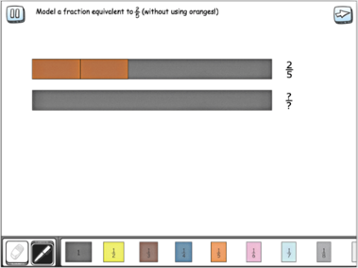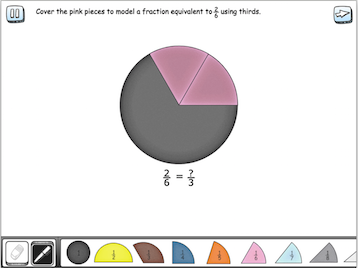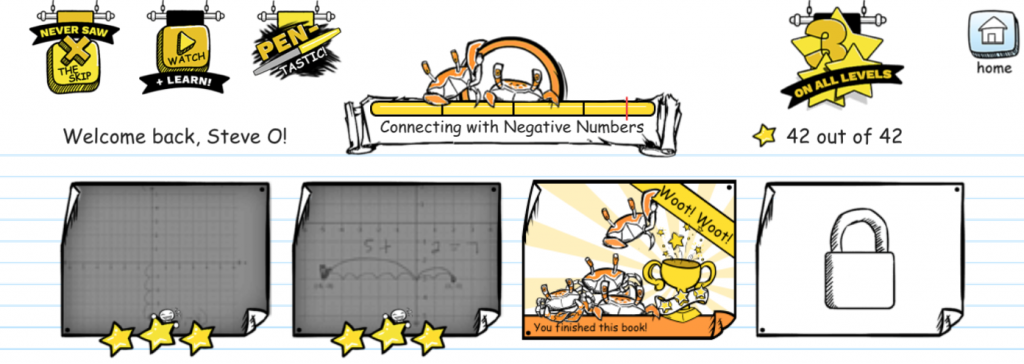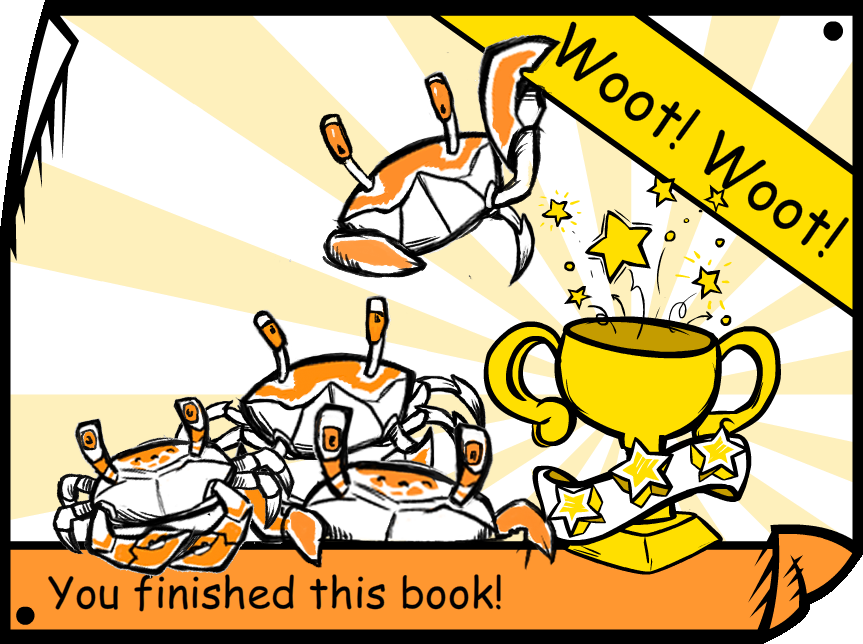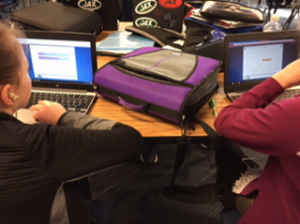Woot Math’s Adaptive Learning provides students in grades 3-8+ with the foundational materials that they need to be successful with mathematics. There are generally two ways in which teachers implement Woot Math in their classroom, either as a supplement to the core curriculum, or as an intervention or remediation for students that need a little extra assistance on these challenging topics.
Woot Math was designed to support both scenarios. More details about each are below. If you have questions on the best implementation for your students, please review our case studies to see how other teachers are implementing Woot Math. And always feel free to contact us if you have specific questions.
Grade Level Supplement (Grades 3-7)
Woot Math is a grade level supplement for foundational material (fractions, decimal, ratios, negative numbers, and more). Woot Math enables students to succeed by helping them build conceptual understanding of the most challenging concepts in rational numbers. Woot Math uses multiple representations and leverages interactive models to help shore up these critical areas, so they become ready for Algebra and beyond. Implementation guidelines are available for grades 3-5 and grades 6-7.
Intervention and Remediation (Grades 6-8+)
For students in grades 6+, Woot Math is used for intervention and remediation to ensure your students develop a strong foundation of rational numbers (fractions, decimals, ratios, rates and proportions, negative numbers, etc) so they can be successful in all types of mathematics. Woot Math enables students to succeed by building conceptual understanding of key rational number topics. View the implementation guidelines for grades 6-8.


